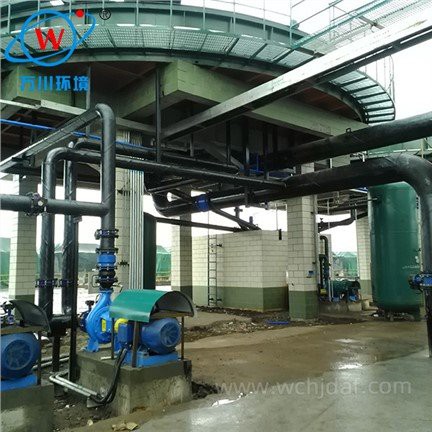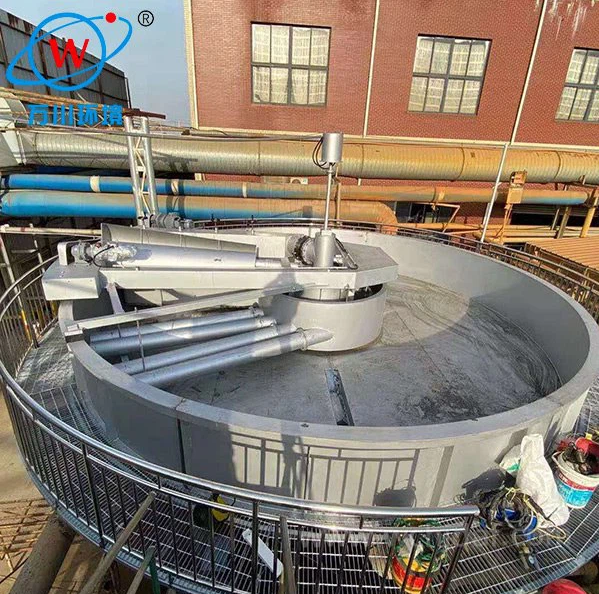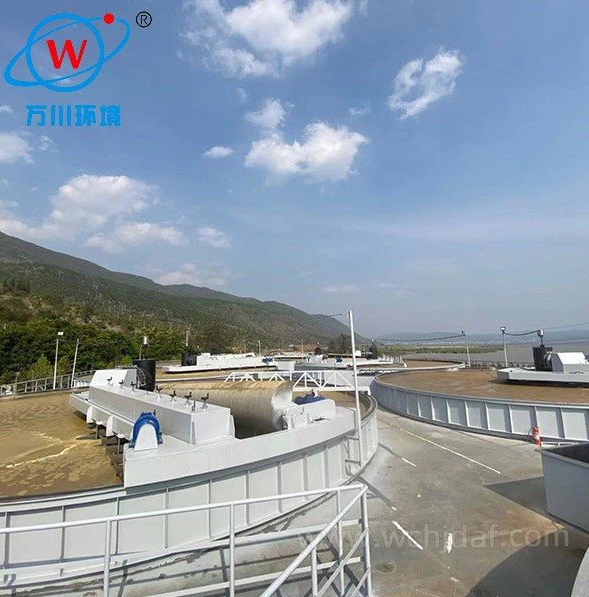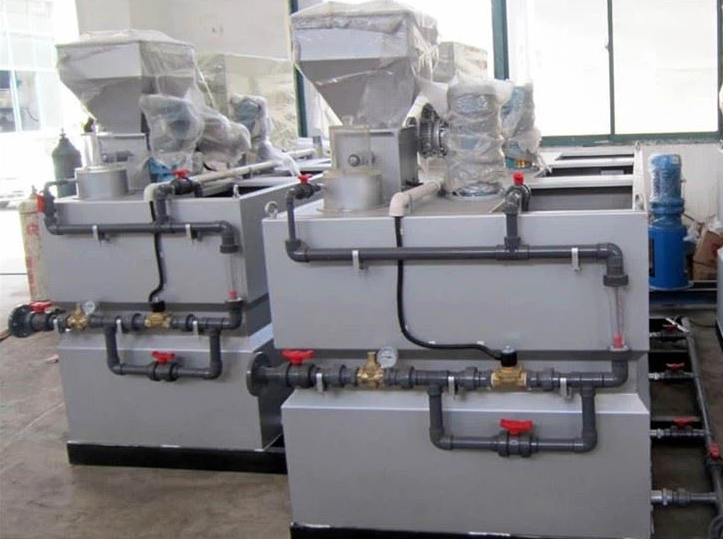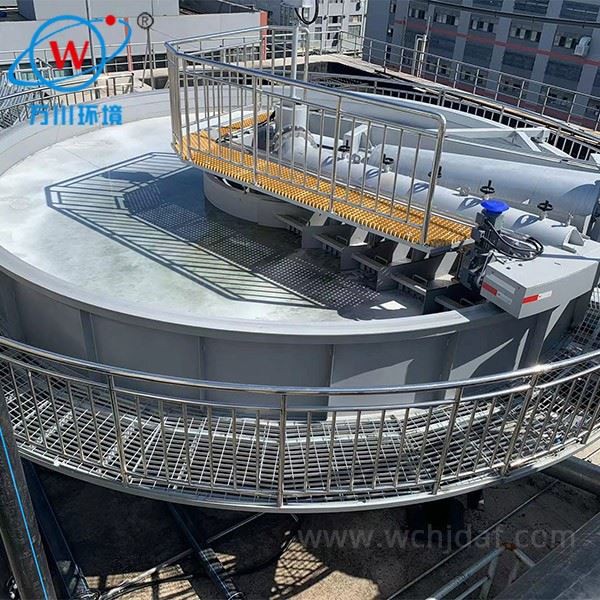1. Processed water volume
This is the key factor in selection. It is necessary to accurately understand the daily processing volume and peak flow of the sewage to be treated. Generally, according to the design scale, select the equipment model that can meet the maximum flow treatment requirements so that the equipment can operate stably under different working conditions.
2. Water quality characteristics
Analyze the composition, suspended matter concentration, pH value, temperature, etc. of the sewage. For example, sewage with high suspended matter concentration may require a larger flotation area or higher dissolved gas efficiency; different pH values will affect the selection and use of reagents, and thus affect the selection of equipment.
3. Treatment effect requirements
Clearly define the requirements for effluent water quality, such as the removal rate requirements for suspended solids, chemical oxygen demand, grease and other pollutants. According to these requirements, select equipment with corresponding treatment capacity and efficiency to ensure that the final effluent meets the discharge standard or reuse requirements.
4. Site conditions
Consider the size, shape and surrounding environment of the equipment installation site. If the site is limited, compact design equipment can be selected; at the same time, the impact of noise, odor and other factors on the surrounding environment during equipment operation should be considered.
5. Degree of automation
Select equipment with appropriate degree of automation according to the actual operation and management needs and manpower allocation. Equipment with high degree of automation can reduce manual operation, improve the convenience and stability of operation and management, but the cost is relatively high.
6. Brand and after-sales service
Choose equipment from well-known brands, and its quality and performance are usually more guaranteed. At the same time, good after-sales service can promptly solve problems that arise during equipment operation and reduce maintenance costs and downtime.

